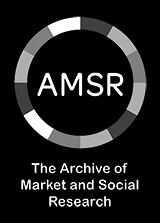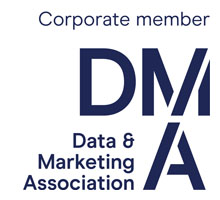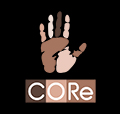The primary set of harmonised standards
The Office of National Statistics (ONS)
The ONS has in recent years instigated a major initiative to harmonise concepts, inputs and outputs across all its social surveys, including the census. There are standards for wording of questions, definitions of key concepts such as households and the roles of individuals within a household, and for the reporting of outputs.
ONS Harmonisation Web pages
www.ons.gov.uk/ons/guide-method/harmonisation/harmonisation-index-page/index.html
An outline of the ONS approach is given at:
www.ons.gov.uk/ons/guide-method/harmonisation/about-harmonisation/guide-to-harmonisation/index.html
There is also an introductory PowerPoint presentation at:
www.ons.gov.uk/ons/guide-method/harmonisation/about-harmonisation/harmonisation-explained.ppt
Introduction
This informative document describes the objectives, principles, practical assumptions, conventions and factors influencing the ONS harmonisation programme: www.ons.gov.uk/ons/guide-method/harmonisation/about-harmonisation/introduction-to-harmonisation-of-concepts-and-questions.pdf
Index to standards and documents
The ONS standards are all indexed in this document:
www.ons.gov.uk/ons/guide-method/harmonisation/about-harmonisation/index-to-harmonisation-standards-and-documents.pdf
ONS Primary Standards
Primary standards include demography, households, relationships, national identity, ethnic group, economic status and industry. This page links to these standards, and also includes a more discursive document on the collection and harmonisation of statistics relating to ethnicity:
http://www.ons.gov.uk/ons/guide-method/harmonisation/primary-set-of-harmonised-concepts-and-questions/index.html
ONS Secondary Standards
Secondary standards include benefits and tax credits, consumer durables, income, jobs, accommodation, housing costs and benefits, health, crime, and social capital:
www.ons.gov.uk/ons/guide-method/harmonisation/secondary-set-of-harmonised-concepts-and-questions/index.html
Harmonisation Bulletins
News of the ONS harmonisation initiative:
www.ons.gov.uk/ons/guide-method/harmonisation/harmonisation-bulletins/index.html
ONS Classifications
Adoption of standard classifications is a complementary approach to standardisation of concepts and outputs. This page describes the ONS classifications of Occupation (SOC 2010), Industry (SIC 2007) and Socio-Economic Class (NS-SEC), and also includes links to other international standard classifications. It should be noted however that an assessment of NS-SEC carried out by Erhard Meier and Corrine Moy, presented at the 1999 MRS conference, recommended that NS-SEC should not be adopted in preference to MRS Social Grade for market research applications:
www.ons.gov.uk/ons/guide-method/classifications/current-standard-classifications/index.html
MRS
Social Grade
A standard and widely used classification of people or households based on occupation, which aims to discriminate effectively of usage of goods and services. Approximate Social Grade is available from the 2001 Census.
Summary of the classification
Publications
Research practitioners use this handy guide to determine the social grade of research respondents. It covers most job titles you’re ever likely to come across and this latest edition is based on the most recent Census data. The dictionary is available both in print and as a PDF.
MRS Social Grade approximation on the 2001 Census
CGG social gradeSocial grade approximation
The United Nations
COICOP
COICOP is a classification of types of household and personal spending which is adopted as a standard by governments throughout the EU: http://unstats.un.org/unsd/cr/registry/default.asp
Geodemographic classifications
A range of geodemographic classifications are commercially available in the UK. These are based on census and other information and allow respondents to be categorised either on the basis of their postcode or on household or individual information.
More information on geodemographic classifications is available via the Geodemographics Knowledge Base website:
Get the latest MRS news
Our newsletters cover the latest MRS events, policy updates and research news.










